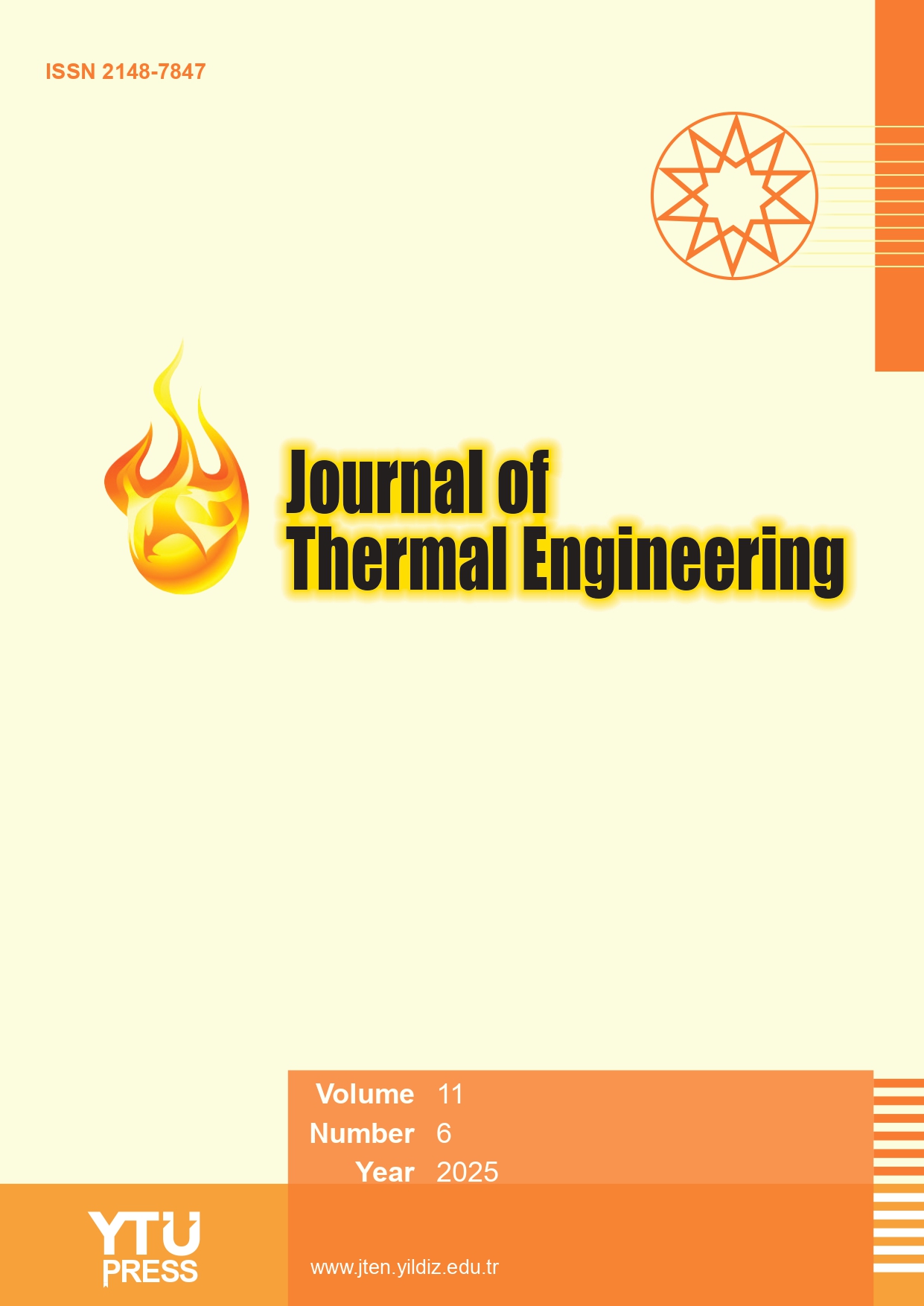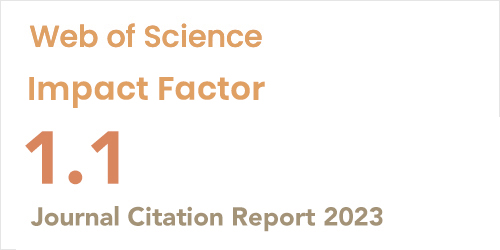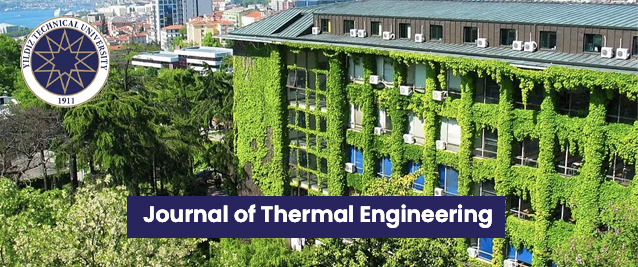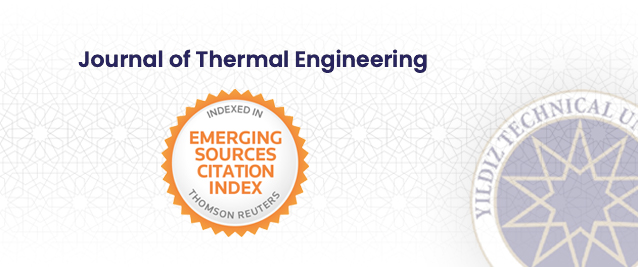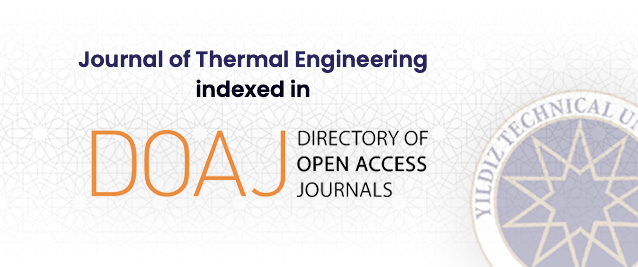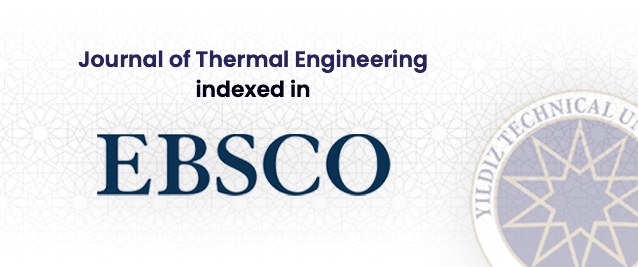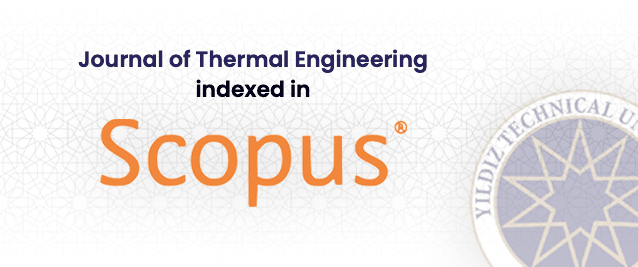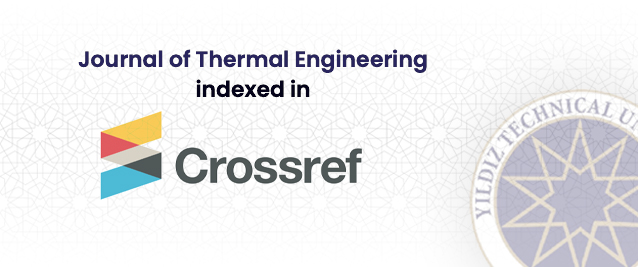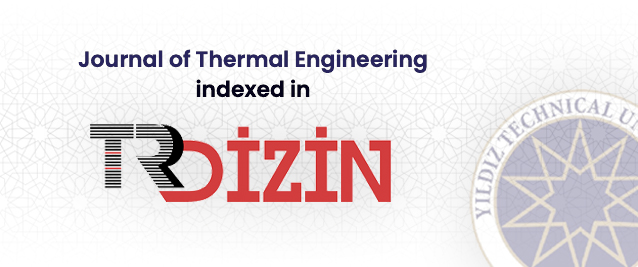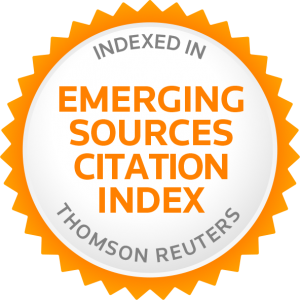Abstract
The enhancement of the thermal performance of heat exchangers has a great importance to the researchers. This is because improving the performance will lead to increasing the efficiency of the application where the heat exchangers are used. In this study, the thermal and hydraulic performance of a double heat exchanger with open-cell copper foam baffles inside was investigated numerically and experimentally with water as operating fluid. The numerical simulation was conducted using ANSYS FLUENT 2020 R2 to simulate the water flow and temperature distribution in the heat exchanger at different configurations. These configurations included the completely and partially filled with metal foam with different foam properties such as pore density, baffle angle, and baffle thickness. The experimental work included the designing and building of the test rig and obtaining the temperature recordings which were used for comparison purposes. Results were obtained for temperature contours, velocity streamlines, Nusselt numbers, effectiveness, pressure drops, and friction factors at variable baffles angles (β = 60°, 120°, 180°), variable baffles thickness (t =10, 20, 30mm), and variables pore density (PPI=10, 20, 30, 40, 50PPI). They showed that as the volume of metal foam increases, the heat transfer rate (Qave) and the pressure drop (∆p) increases. In addition, the performance of the heat exchanger with a partially filled core was better than that in the completely filled case. On the other hand, when the metal foam volume decreases, the pressure drop decreases. Furthermore, it was observed that the heat transfer rate increases with the increase in pore density. Experimental results showed an enhancement in heat transfer rate in a double-pipe heat exchanger by 32.4% at 40PPI and β=180°. There was also an enhancement in the Nusselt number value (Nuave) by 117% due to the use of copper foam baffles.


